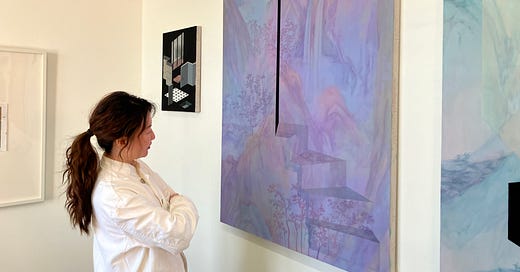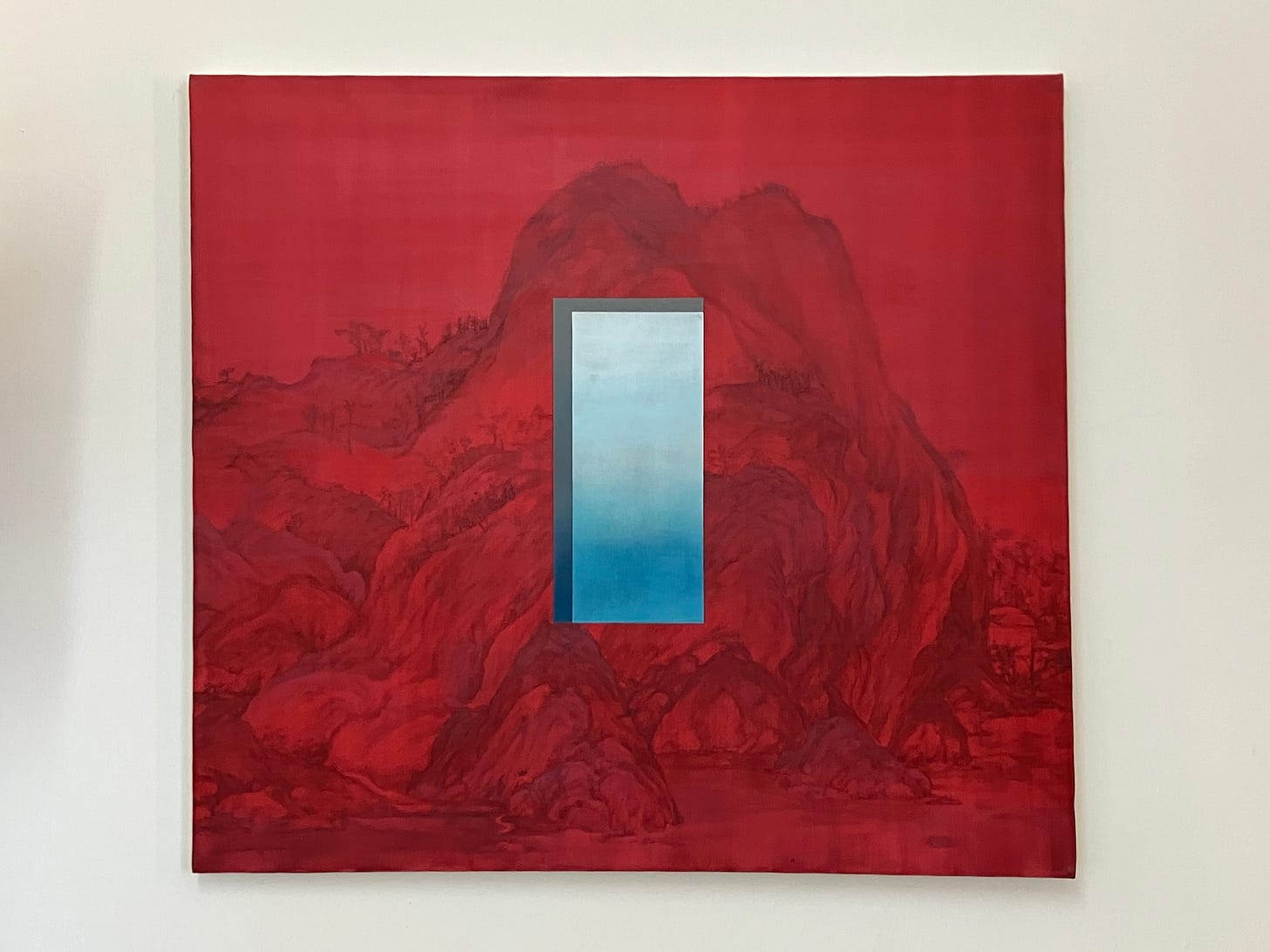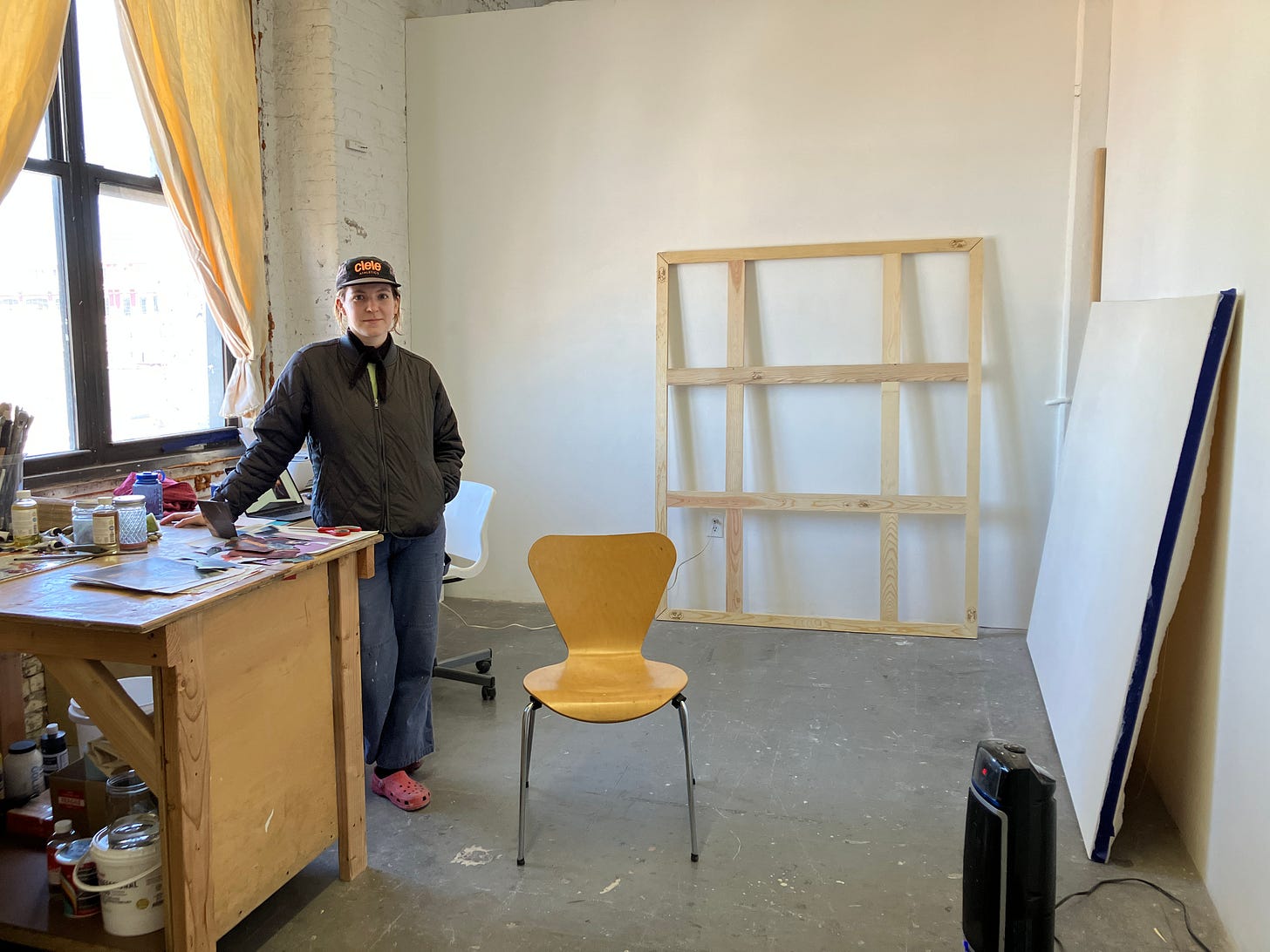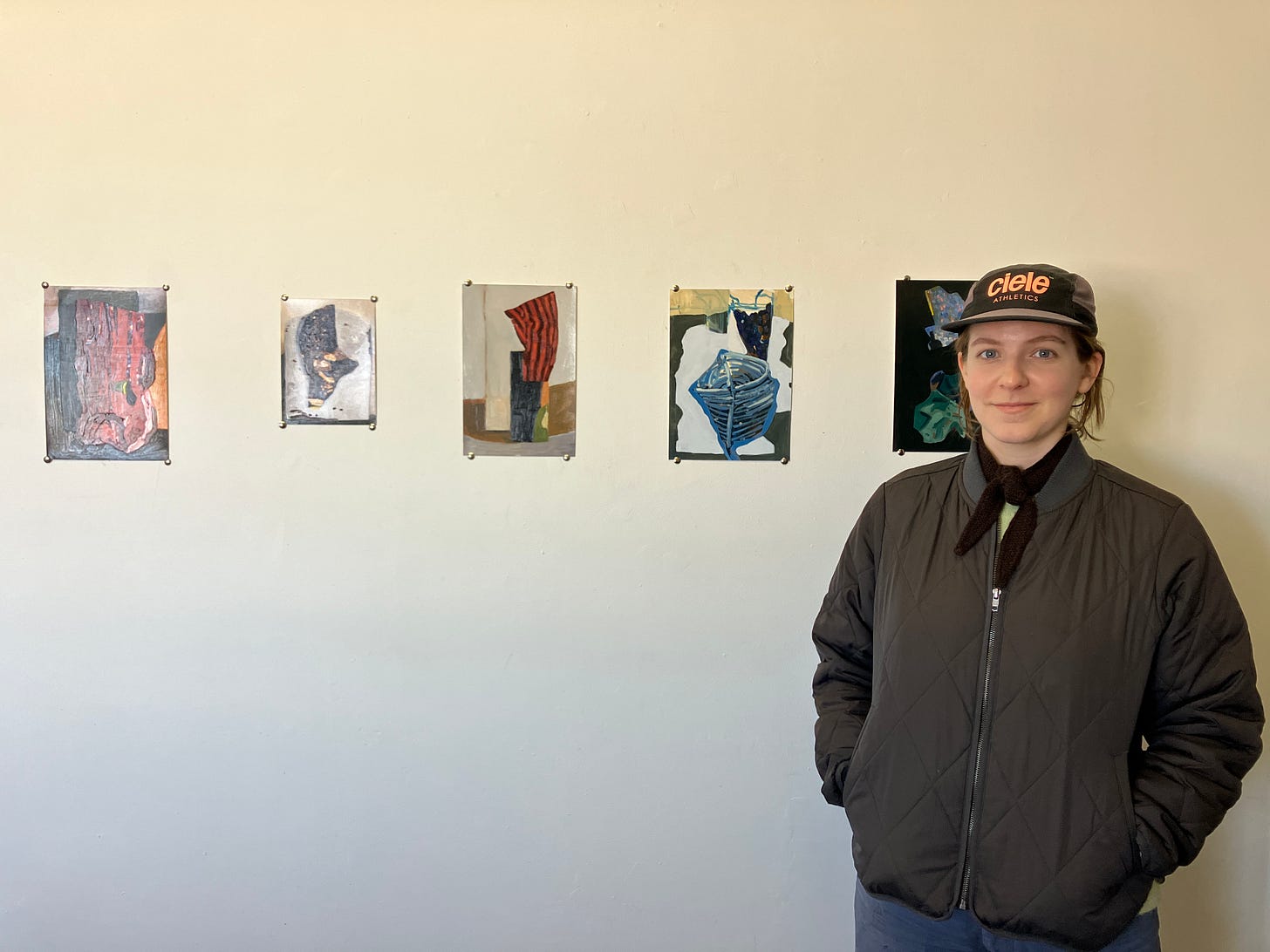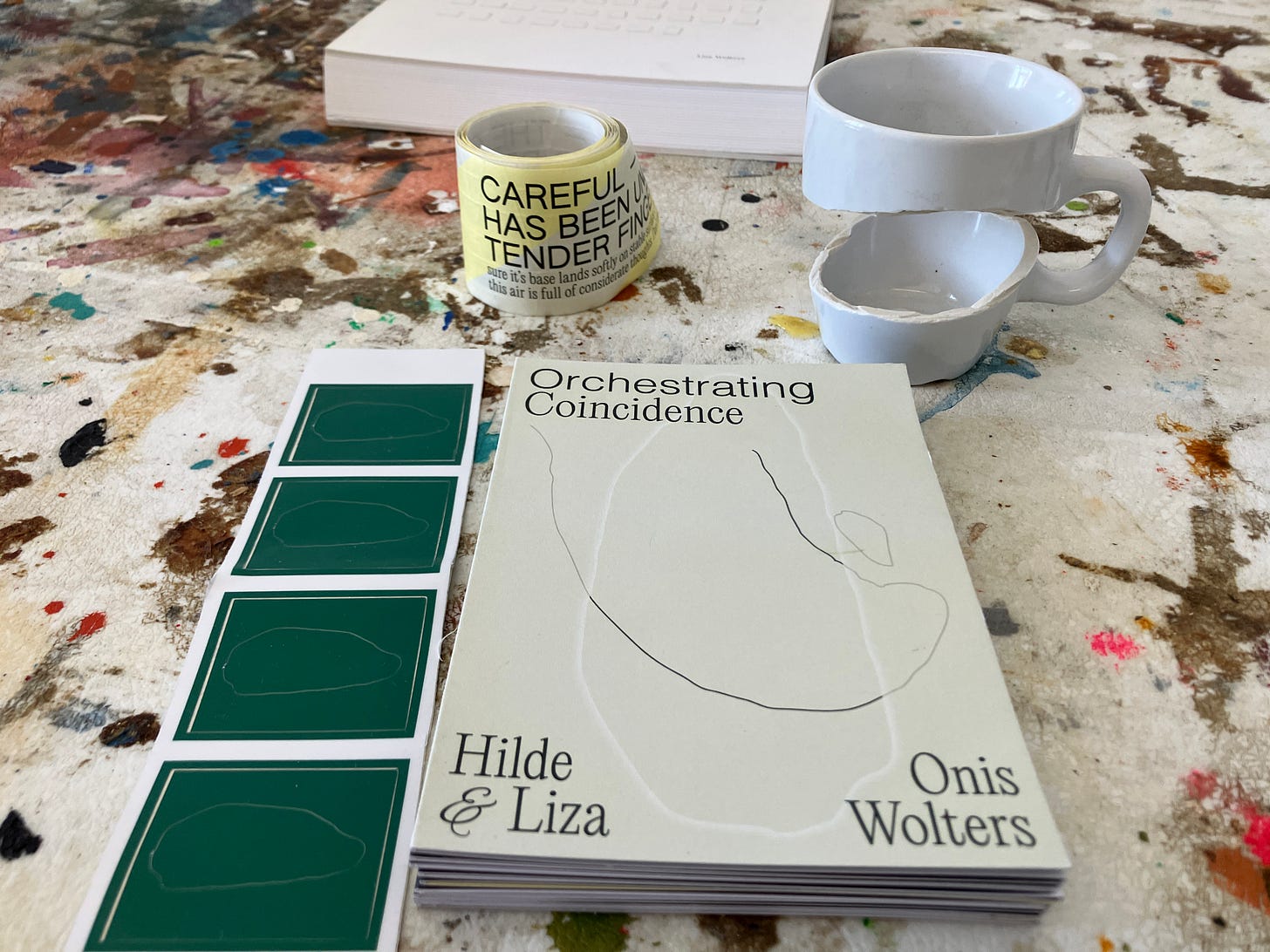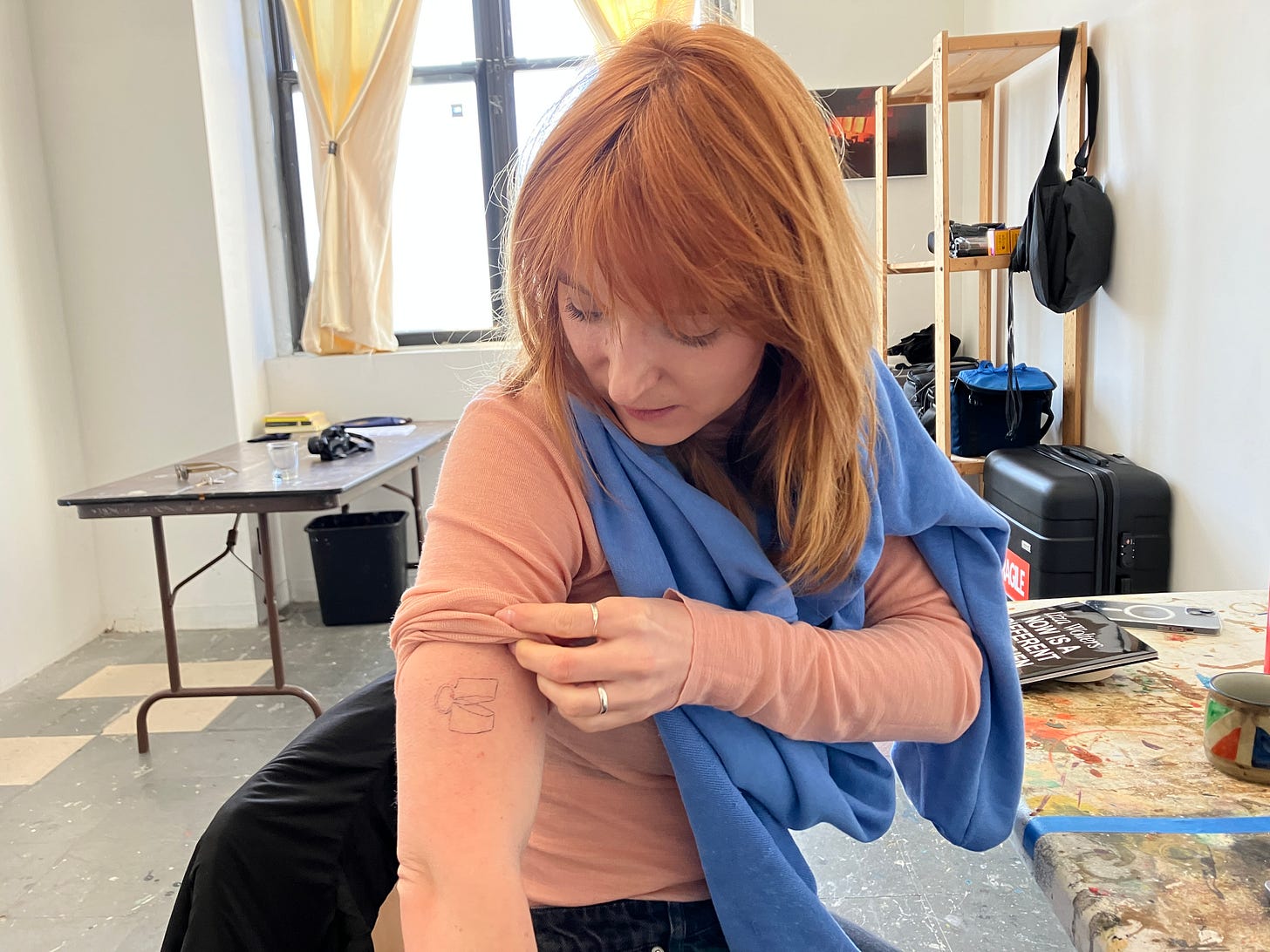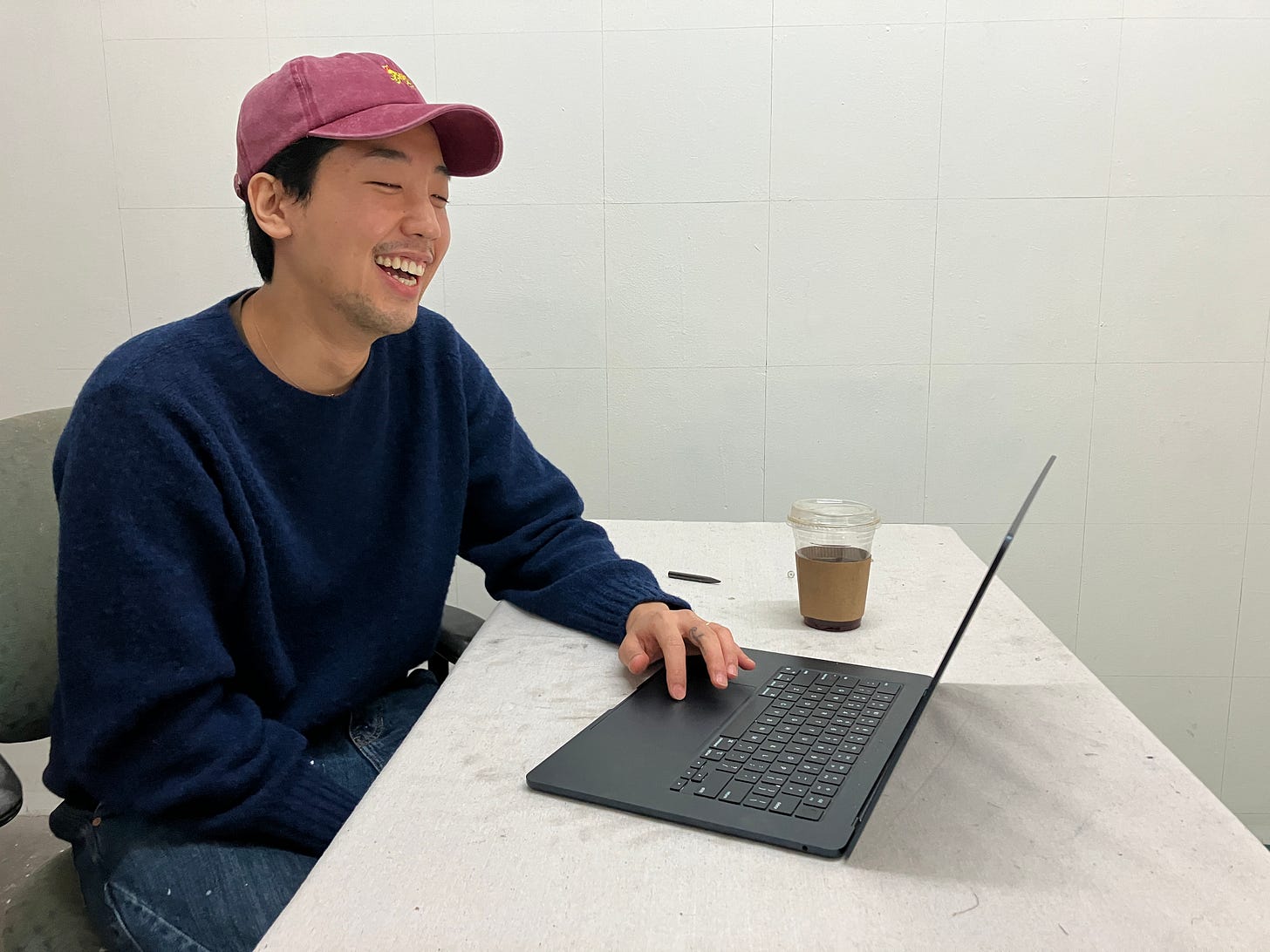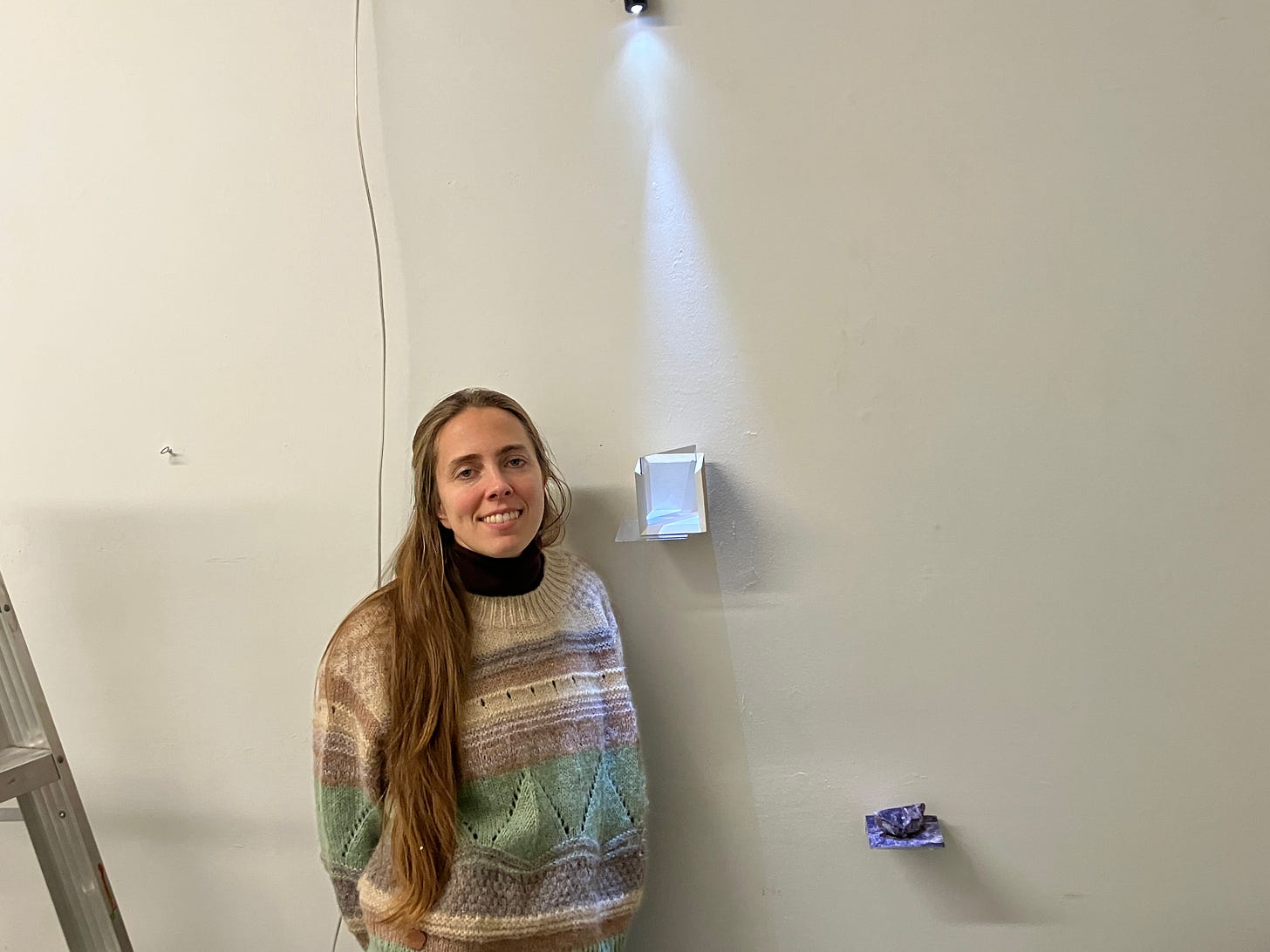NARS Foundation | Studio Visits with 5 Artists-in-Residence
The Sunset Park non-profit brings artists from around the world to Brooklyn
For nearly two decades, the not-for-profit organization New York Art Residency and Studios [NARS] Foundation has welcomed emerging and mid-career artists to its International Residency Program, currently in Sunset Park, Brooklyn. NARS offers four three-month residencies annually, providing a studio space, exhibition opportunities, public programming, and a supportive creative community.
I visited with five of the 13 artists participating in the Season II residency (April to June). They were enthusiastic and excited to discuss their practice and plans for the season.
Ye Cheng
Originally from China, Ye Cheng has lived in the United States for the past 15 years and currently lives in Manhattan. She received her BFA from Maryland Institute College of Art and her MFA from Parsons. Cheng was also part of NARS’ Season I cohort (January to March). “I really love the program,” she says. “I love all the artists here. We feel like a community.”
Her ethereal paintings explore “home, identity and the sense of belonging,” she says, and fuse elements of traditional Chinese painting with modern touches, such as architectural forms and Minimalist shapes. Her current series was inspired by One Thousand Miles of Rivers and Mountains, a Song Dynasty-era scroll. At nearly 40 feet long, the historic work, composed of ink on silk, features a panoramic landscape of blue mountains rising high above fields, trees, and rivers.
Cheng traveled to Beijing in 2010 to see a rare exhibition of the scroll and has since studied the painting “frame by frame” online. Her interpretations, composed in acrylic on synthetic silk, depict the imposing mountains in gauzy, dreamy hues set behind bold squares and windows. “For me the square shapes…add another dimension,” Cheng explains. “I really want to play with the multiplicity of space in my work, and what is exterior and what is interior. Putting the two spaces together is like having two histories talking to each other, a collective memory.”
For her second season at NARS, Cheng hopes that her fellow artists will influence her work. “I sometimes miss school, having that environment, having critiques,” she says. “Artists sometimes have similar ideas but different approaches, and that inspires me.”
M.E. Sparks is an abstract oil painter who also works in video. Sparks uses collage to inform her paintings, “bringing together pieces from other voices, other times, other narratives,” she explains. “I’m particularly interested in early modernist painting, looking at just a handful of painters…. I’m looking at how they depicted femininity, youth, and girlhood.” She cuts out forms (e.g., a tornado-shaped spiral, a dress minus the wearer’s body) from paintings by Picasso and Balthus and subverts the pieces into collaged compositions of “something completely unfamiliar” which she then paints.
Sparks recently began recording video footage of herself assembling larger, suspended compositions. “I’ve taken the shapes and I’ve literally cut them from the canvas,” she explains. She films herself draping and layering the canvas, muslin, and cotton pieces into abstract compositions, editing out scenes that show her adding or removing layers. “I thought it was interesting to remove my body from the frame in the same way that I’m removing the body from these [collage] sources…. I think of it as a freeing of the body from this narrative.” Sparks showed a small projection of the video alongside one of her suspended compositions earlier this year. “It’s a very slow burn, building the composition and then deconstructing it.”
A painting professor back home in Manitoba, Sparks is currently on sabbatical and looks forward to having “concentrated production time” while at NARS.
“I’m a bit of a hoarder of encounters,” says Liza Wolters, an artist from the Netherlands who creates site-specific installations incorporating photography, video, text, sound, and found objects. Wolters’ practice relies on collaboration — spending time with subjects in their environments and creating multi-media installations based on her experiences.
For a recent project, Bodily Metaphors of Various Kinds, Wolters immersed herself for six months at a Rotterdam hospital that specializes in organ transplants, questioning “what it means to be sick” and when does one become well? The installation included video, text, photography, and audio excerpts exploring human vulnerability.
As part of Orchestrating Coincidence, an installation by Wolters and Hilde Onis, the artists examined in-between states, creating 30 sculptures “that defy odds by finding connection at their breaking point,” according to the project website. The pair took dozens of white cups and cut into them using an angle grinder, emulating sculptures by Barbara Hepworth and examining positive and negative space. “A lot of them broke,” Wolter notes. She proudly has one cup—with a particularly complicated incision—tattooed on her right arm.
The NARS residency brings Wolters to the States for the first time. She hopes to produce a film during her time in NYC, featuring footage from Green-Wood Cemetery and the industrial neighborhood surrounding NARS. “I want to make a short movie having conversations about the current state of America,” she says.
Wolters is also looking forward to having more “great encounters and getting to know the city. And maybe new collaborations will arise. I would love to connect in that way more.”
Nik Cho’s vivid acrylic paintings address city life, identity, and human connection. “I think a lot about urban life. I was born in Seoul which is a big city and every place that I go to is a city,” he says. “I love [seeing] so many things happening.”
He documents his observations, oftentimes interactions at bars and nightclubs. “I use colors a lot. I use patterns a lot too. I think about the patterns as order or rules.” In Be Yourself No Matter What They Say, 2024, figures mingle in a bar or urinate in the men’s room. Stripes and checked patterns on clothing seem to glow and reflect the tiled floor and walls, while faces are obscured, providing a sense of anonymity. In Big Bertha, 2024, five brightly dressed male figures stand closely on one side of the canvas, leaving a solo figure in black standing opposite them alone. “Isolation is an ongoing theme,” Cho explains.
Cho moved to the U.S. nine years ago, first to NYC where he worked on his portfolio, then to Chicago where he received his BFA and MFA from the School of the Art Institute of Chicago. He is a teaching fellow in the school’s Painting and Drawing Department.
Cho is looking forward to having a studio where he has space to work on his large-scale paintings. He plans to work on a new piece about family dynamics, inspired in part by David Wojnarowicz’s Untitled (Burning House). “I want to make more works about relationships,” he says.
Isabel Bonafé’s site-specifc installations are difficult to document. “It's the worst and the best part of my work, that you only can experience it in the present time. There are a lot of subtleties, tromp l’oeil, and optical illusions that the eye can see but the camera cannot,” she explains. “I try to materialize the unseen. I use elements that are related to light, vision, and optics.”
Exhibited in 2024 at a former chapel in her native Seville, Spain, From the Outside, Perception Slides Over Things Without Touching Them, explored “the presence of the absent, what is still there but is not.” She created a 23-foot-high sculpture featuring a wisp of light pouring down onto viewers with ghostly objects floating within it. “The premise is when you walk around, you always see something different. Everything changes all the time. All these reflections were changing through time…so it was kind of alive,” she says.
In Messages of the Collision, 2025, Bonafé attempted to document her late grandmother’s commute to work as a schoolteacher through photographs. “I went to the village and I did her walk. I took a lot of pictures on the way, but my hard drive was broken. I lost the images. I thought, ‘How would it feel to be inside that broken hard drive?’”
Working with a computer programmer, she created an algorithm that tries to recreate the images that were lost “based on the corrupted data,” she says, but the photos can never fully be recovered, so the algorithm displays fragmented images on a constant loop. The images were included in an immersive installation that was exhibited in Granada earlier this year.
Bonafé received her BFA from the University of Seville and her MFA from Central Saint Martins in London. She plans to continue creating immersive, light-based installations during her time at NARS.
NARS Foundation will exhibit the work of all the Season II resident artists on June 6 and 7 and host open studios that weekend. Save the date and stop by to see how Brooklyn inspires the artists.
Learn more at narsfoundation.org.
NARS Foundation
201 46th Street, Sunset Park, Brooklyn

